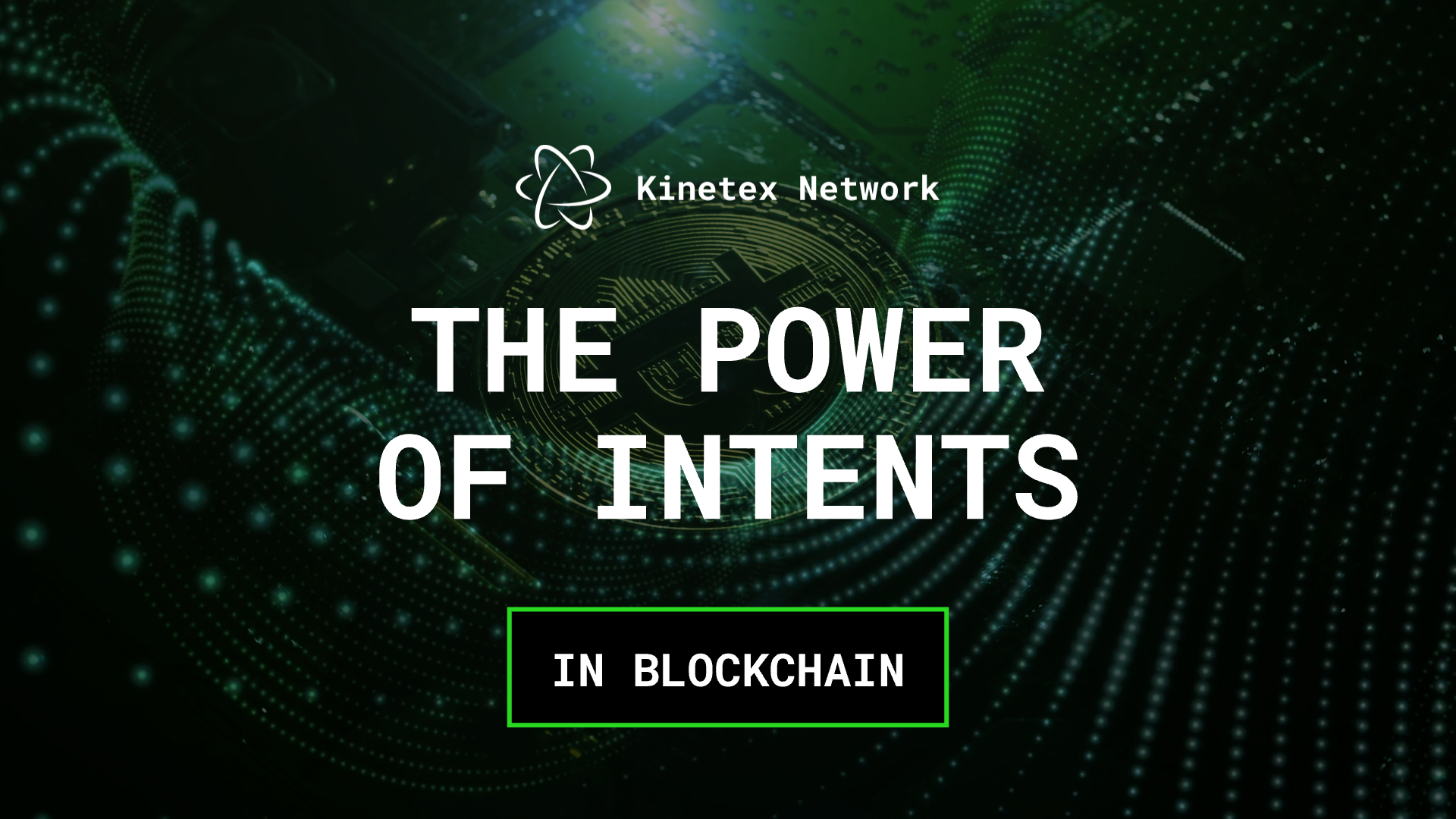The Potential of Intentions in Blockchain
Dubai, UAE, 27th August 2024, As the demand for cryptocurrency continues to surge, more and more applications and solutions are emerging on various blockchain networks. Consequently, navigating this dynamic and expanding landscape has become more challenging than ever. It was only a matter of time before innovative services and technologies aimed at simplifying the user experience began to emerge. One such solution is intent.

Understanding intents
In a standard procedure, users provide precise instructions (such as utilizing a specific application to swap one token for another at a designated price), and the blockchain executes these instructions sequentially. As expected, the process becomes increasingly intricate and time-consuming when accommodating the user’s more complex requests. However, intents have the potential to change that considerably. In a blockchain setting, an intent represents a user’s specific objective, which can be achieved in any manner. The user’s intent is submitted to a service and then assigned to a “solver” tasked with completing it in the most advantageous manner possible.
The concept of intent might sound familiar because some services already operate similarly. For example, numerous exchanges offer users different methods for accomplishing their desired trades. However, with the emergence of this term in the market, the crypto community is indicating a new phase of DeFi development that prioritizes users and their experiences within the blockchain ecosystem.
Benefits of Intent-based architecture
Intent-focused architectures offer numerous benefits, especially in improving user experiences in the DeFi ecosystem. One of the primary benefits is the reduction of user frustration by eliminating the requirement for users to immerse themselves in intricate transaction details. This simplification increases efficiency, which is particularly noticeable in complex processes such as cross-chain transactions. Consequently, intents will aid in making decentralized services far more user-friendly than before, encouraging more widespread crypto adoption.
The second critical benefit of intent-based architectures is the improvement in effectiveness. Complex procedures such as cross-chain transactions or intricate smart contract interactions are made easier and quicker. The effective completion of transactions results in time and cost savings on gas fees, making crypto more efficient. The optional competitiveness of filling intents may also positively affect the speed and costs of any actions.
Finally, user-friendliness of intent-based architectures fosters users’ confidence in DeFi and crypto products. Thus, such architectures are opening the door to a future where individuals with diverse technical abilities can effortlessly engage with decentralized applications. This will contribute to blockchain technology’s widespread integration and utilization across multiple industries.
Challenges
Unfortunately, there are still multiple ways in which an intent-based approach could have negative consequences. Primarily, widespread acceptance of user intents might result in the emergence of new monopolies. As users and developers quickly embrace the benefits of intents, there could be a major shift to new systems and platforms, altering the dynamics within the cryptocurrency industry. If not appropriately managed, this shift could lead to centralization and the rise of a few powerful intermediaries.
The integrity of the solvers is another issue that needs a thorough evaluation. With the crypto community relying more on intermediaries to execute user intents, these organizations and solvers might start favoring their own interests. They could devise ways to bypass measures put in place to guarantee a better user experience in order to increase their own profits with minimal effort. Kinetex minimizes these risks by introducing an auction-based model for solvers, prompting them to compete with each other and thus ensuring the most favorable conditions. Other platforms that adopt the intent-based approach must carefully consider this challenge to ensure that their solvers also work in the best interest of users. This is crucial for maintaining uncompromised user trust, as any breach could have severe repercussions for the entire crypto industry.
Conclusion
Intent-driven models are able to usher in a new age of the blockchain ecosystem, making processes and activities within the DeFi landscape more enjoyable, effortless, and efficient. As a result, the importance of intents in the future of DeFi must be recognized, just as we must recognize the keen interest of the general public and blockchain developers in the concept and technologies behind it. However, realizing this vision will require a careful approach to ensure that the crypto community can enjoy all the benefits of intents without worrying much about the associated challenges.
Kinetex Network: Website | Kinetex dApp | Blog
Disclaimer: The views, suggestions, and opinions expressed here are the sole responsibility of the experts. No Economy Circle journalist was involved in the writing and production of this article.



